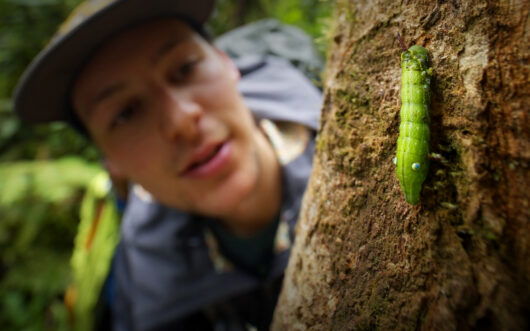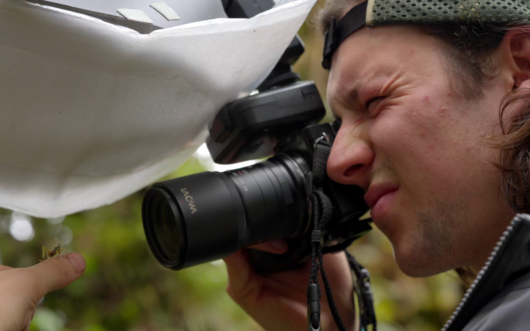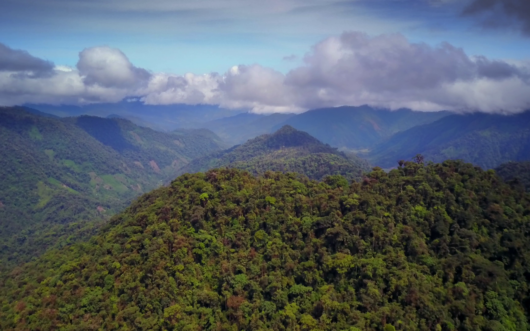Bring biodiversity and community-driven conservation into your classroom.
Explore how legal innovation, cultural values, and grassroots activism intersect to redefine humanity’s relationship with the natural world—offering a model for global conservation efforts. This educator guide supports classroom discussion, NGSS-aligned learning, and hands-on opportunities for student engagement.
GRADES
9 – 12+
SUBJECTS
Biology, Storytelling, Ecology
Episode Overview
Does Nature Have Rights? explores a groundbreaking approach to conservation in Ecuador, the first country in the world to enshrine the legal rights of nature in its constitution. This innovative legal framework recognizes wild species and ecosystems as entities with the right to exist, thrive, and regenerate.
The film introduces hopeful and impassioned conservationists, Indigenous leaders, and landowners who are leveraging these constitutional protections to defend Ecuador’s extraordinary biodiversity. From rainforests and rivers to rare and threatened species, these advocates are using the courts to halt harmful development, restore damaged ecosystems, and hold industries accountable for environmental harm.
Discussion Questions
- (Before the film) Ecosystem services, ways in which humans benefit from ecosystems, are essential for human health and well-being. Examples include when bees pollinate crops or when wetlands clean water. Describe three additional ecosystem services that you can think of.
- How does the idea that “nature has rights” differ from the idea that we should just limit how much humans can harm nature?
- How do sustainable farming practices, such as the vanilla farming shown in the film, benefit both farmers and the environment?
- Describe some strategies that conservation groups like EcoMinga are using, or could be using, to convince the public that conserving biodiversity is important.
- The film mentions that we have identified only about two million of the Earth’s possibly nine million species. How can we justify protecting the rights of species that we do not even know exist?
- Collaboration between different people and groups is essential for effective conservation. Describe some specific examples of collaboration in the film and how they have been successful.
Key Concepts
- Bioblitz: A snapshot of an ecosystem at a certain point in time — usually conducted over just a few hours or a few days — when team of observers gathers together to record all the plants and animals they are able to spot within a given area.
- Ecosystem Services: Ways in which humans benefit from ecosystems. Ecosystem services are essential for human health and well-being.



